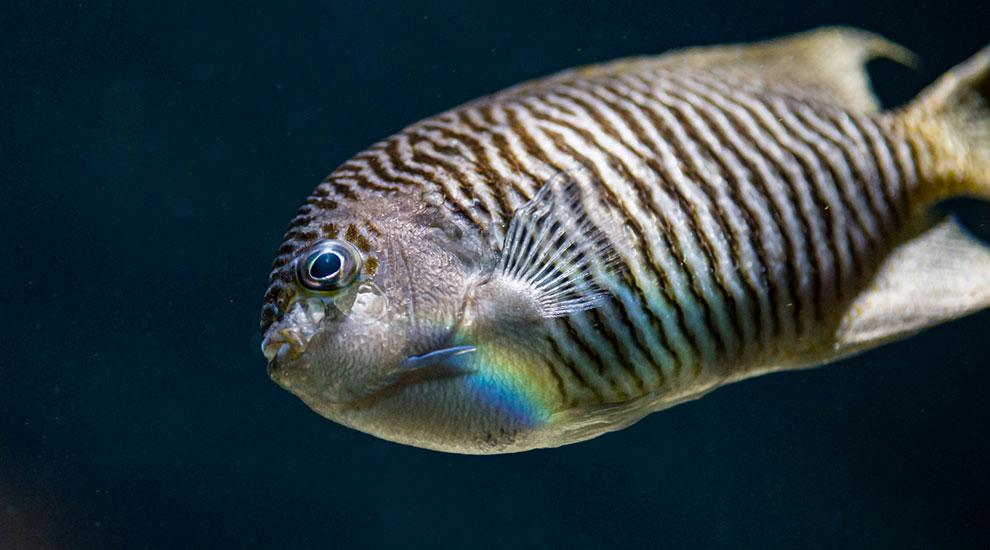- Joined
- Mar 6, 2020
- Messages
- 5,603
- Reaction score
- 3,473
Just found this link, where an aquarium in Switzerland have been keeping a pair of Genicanthus Melanospilos for 17 years. They were both females living inside their big display tank, but as of last year in December one of them changed to male. Phew, it took 16 and a half years.....

 www.zoobasel.ch
www.zoobasel.ch

Sudden stripes – swallowtail angelfish change sex
For 16 years, display tank 21 in Basel Zoo’s vivarium was home to two female swallowtail angelfish. This suddenly changed last summer: over the course of a few weeks, one of the females began to change colour, displaying magnificent stripes from August onwards. to show that it had become a male.
















